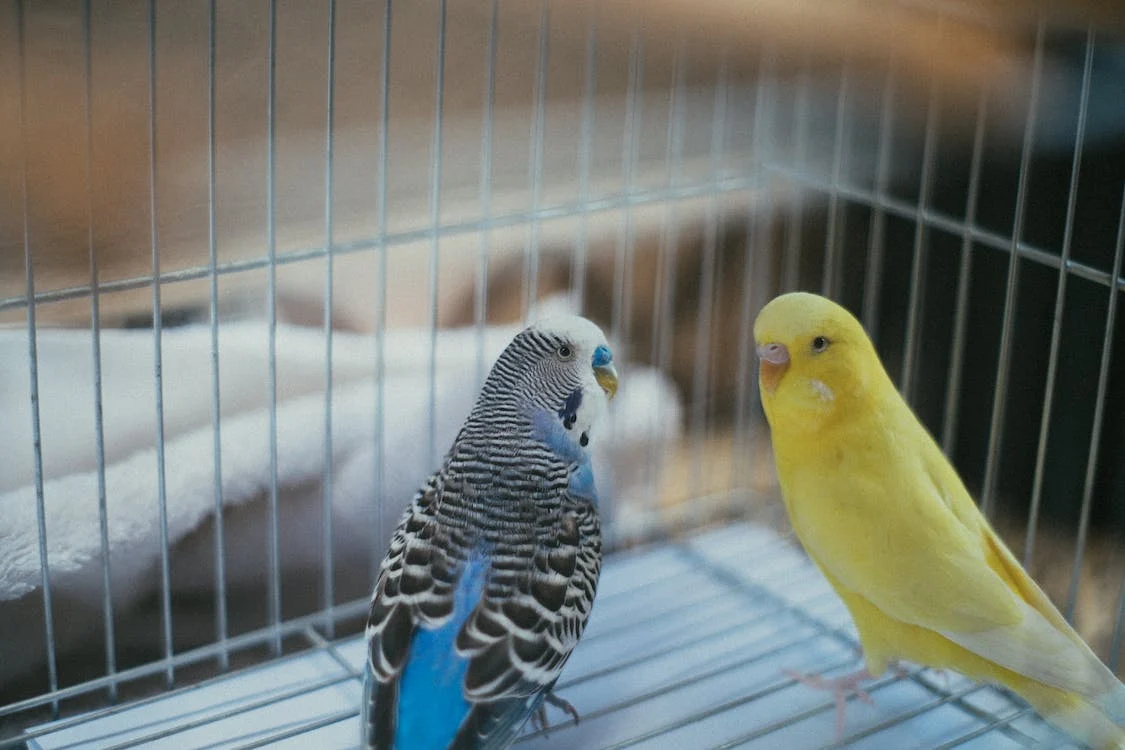
As a cat owner, you know that keeping your feline friend entertained is crucial to their well-being. Whether your cat is an energetic kitten or a laidback senior, playtime is a vital part of their daily routine. But with so many cat toys on the market, it can be challenging to find the perfect ones that your cat will actually enjoy.
That’s where we come in. We’ve compiled a list of engaging cat toys that are sure to provide hours of entertainment and exercise for your furry friend. From interactive puzzle toys to feather wands, there’s something for every type of cat. So, sit back, relax, and get ready to discover the purrfect playtime toys for your feline companion.
Why is playtime important for cats?
Cats are natural hunters, and they need to hunt and play to keep their minds and bodies active. Without enough stimulation, cats can become bored or even depressed. Playtime is a great way to keep your cat happy and healthy. It helps them maintain a healthy weight, improve their coordination and balance, and reduce stress and anxiety. Playtime also provides an opportunity for you to bond with your cat and strengthen your relationship. By playing with your cat regularly, you’ll help them feel loved and cared for, which can lead to a happier and more contented cat.
Factors to consider when choosing cat toys
Before you start shopping for cat toys, there are a few things you need to consider. First, you will need to think about your cat’s age, size, and activity level. Kittens and young cats need toys that are small and lightweight, while older cats may prefer larger toys that are easier to handle. Cats that are more active may need toys that are more challenging, while less active cats may prefer more passive ones. You will also need to consider your cat’s personality. Some cats are more playful than others, and some prefer certain types of toys over others. Finally, you will need to take the durability and safety of the toy into account. Make sure the toy is made of non-toxic materials and is sturdy enough to withstand your cat’s rough play.
Interactive toys for playtime
Interactive toys are great for cats that need a bit more mental stimulation. These toys require your cat to think and problem-solve, which can help keep their minds sharp. One of the most popular interactive toys is the treat dispenser. These toys are designed to hold treats, and your cat has to figure out how to get the treats out. Another popular interactive toy is the puzzle feeder. These toys have compartments that hold food or treats, and your cat has to figure out how to open each compartment to get to the food. Interactive toys can be a bit more expensive than other types of toys, but they’re worth it if you want to keep your cat mentally stimulated.
Wand toys for playtime
Wand toys are classic cat toys that have been around for decades. These toys consist of a long stick with a string or feather attached to the end. You can wave the wand around, and your cat will chase after the string or feather. Wand toys are great for cats that love to jump and pounce. They are also a great way to bond with your cat. By moving the wand around, your cat will follow you, providing an opportunity for you to play and interact with your cat.
Laser pointer toys for playtime
Laser pointer toys are another classic cat toy that can provide hours of entertainment. These toys consist of a small device that projects a laser beam onto the floor or wall. Your cat will chase after the laser beam, trying to catch it. Laser pointer toys are great for cats that love to chase and pounce. However, it’s important to note that laser pointer toys should be used in moderation. Some cats can become obsessed with the laser beam and may become frustrated when they can’t catch it. It’s also important to never shine the laser beam directly into your cat’s eyes.
Ball and chaser toys for playtime
Ball and chaser toys are simple toys that consist of a ball or other small object that your cat can chase around. These toys are great for cats that love to bat and swat at things. You can also get ball and chaser toys that have bells or other noise-making devices inside, which can make the toy more engaging for your cat. These toys are also great for cats that like to play fetch.
Puzzle toys for playtime
Puzzle toys are another type of interactive toy that can provide mental stimulation for your cat. These toys consist of a puzzle that your cat has to solve to get to the treats or food inside. Some puzzle toys have compartments that your cat has to figure out how to open, while others have sliders or other moving parts that your cat has to manipulate. Puzzle toys are great for cats that need a bit more mental stimulation and can keep your cat entertained for longer periods.
Catnip toys for playtime
Catnip toys are toys that are infused with catnip, a plant that is known to have a euphoric effect on cats. These toys can be great for cats that love to roll around and play with soft toys. Catnip toys can also be a great way to bond with your cat. You can hold the toy and let your cat play with it, or you can throw the toy and watch your cat chase after it. Some cats may not be affected by catnip, so it’s important to test the toy with your cat first to see if they enjoy it.
DIY cat toys for playtime
If you’re feeling crafty, you can also make your own cat toys. There are plenty of DIY cat toy projects online that you can try. Some popular DIY cat toys include cardboard boxes, paper bags, and homemade puzzle toys. Making your own cat toys can be a fun and inexpensive way to provide entertainment for your cat.
Conclusion: Finding the purrfect toy for your cat
Playtime is essential for your cat’s well-being. It provides mental and physical stimulation and can help strengthen your bond with your cat. When choosing cat toys, consider your cat’s age, size, and activity level, as well as their personality and preferences. Interactive toys, wands, laser pointers, ball and chasers, puzzles, and catnip toys are all great options to keep your feline friend entertained. And if you’re feeling creative, try making your own cat toys. With the right toys, you can provide hours of entertainment and exercise for your feline friend.



































